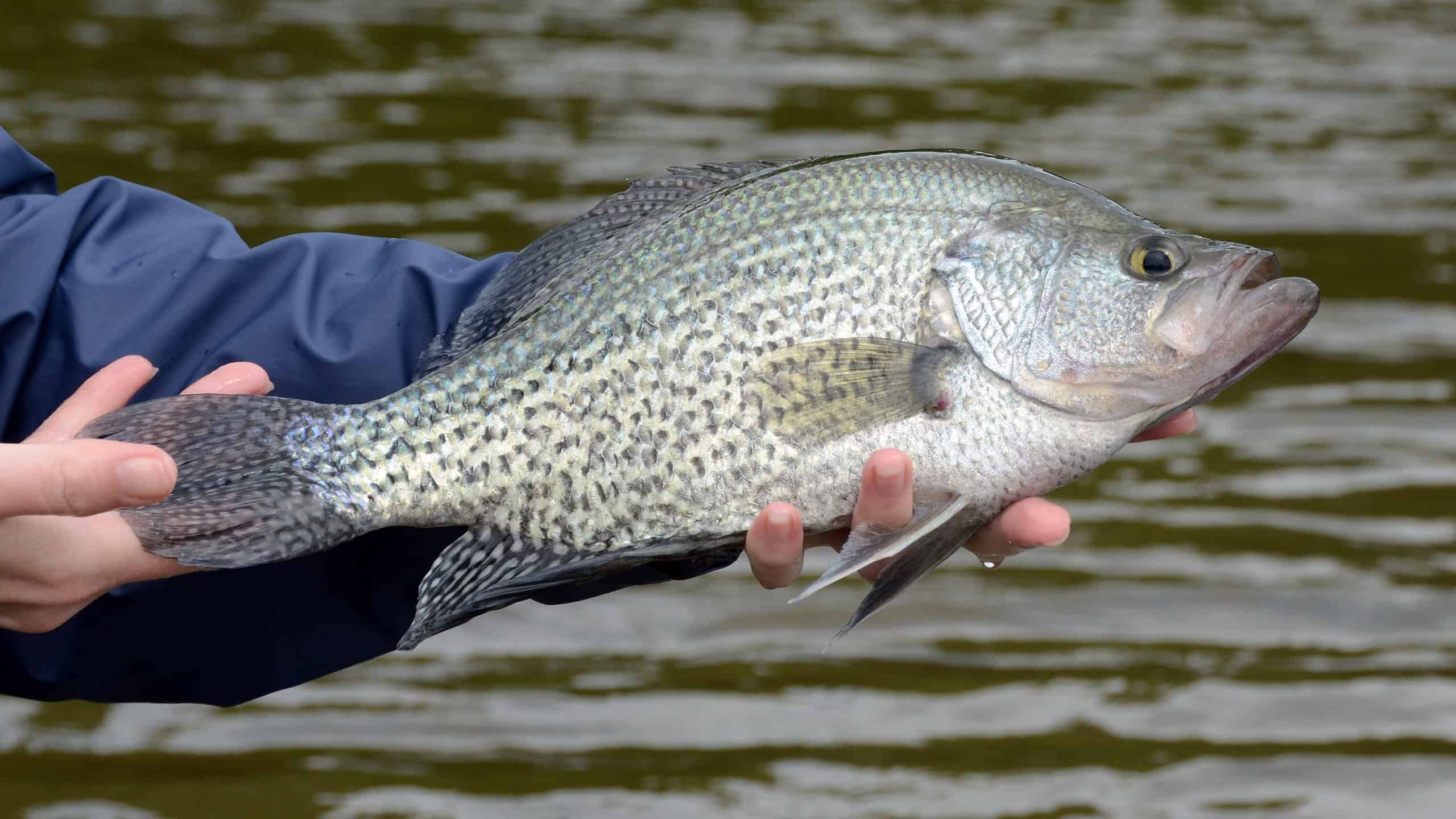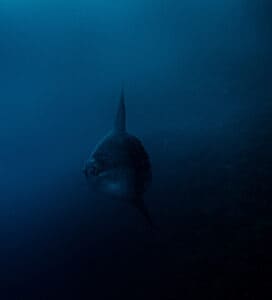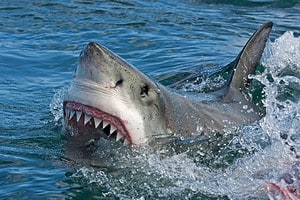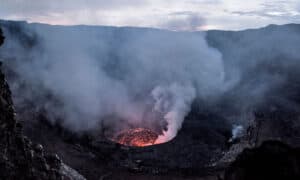While black crappies originated from the eastern United States, this game fish was so popular that people began stocking lakes, ponds, and rivers across the country. Easy to catch and plentifully populated, anglers only need light tackle to reel this fish in. Plus, black crappies make for a delicious pan fish. And while black crappies are on the smaller side compared to other game fish, the largest black crappie ever caught in Virginia is quite the trophy.
Description of Black Crappie
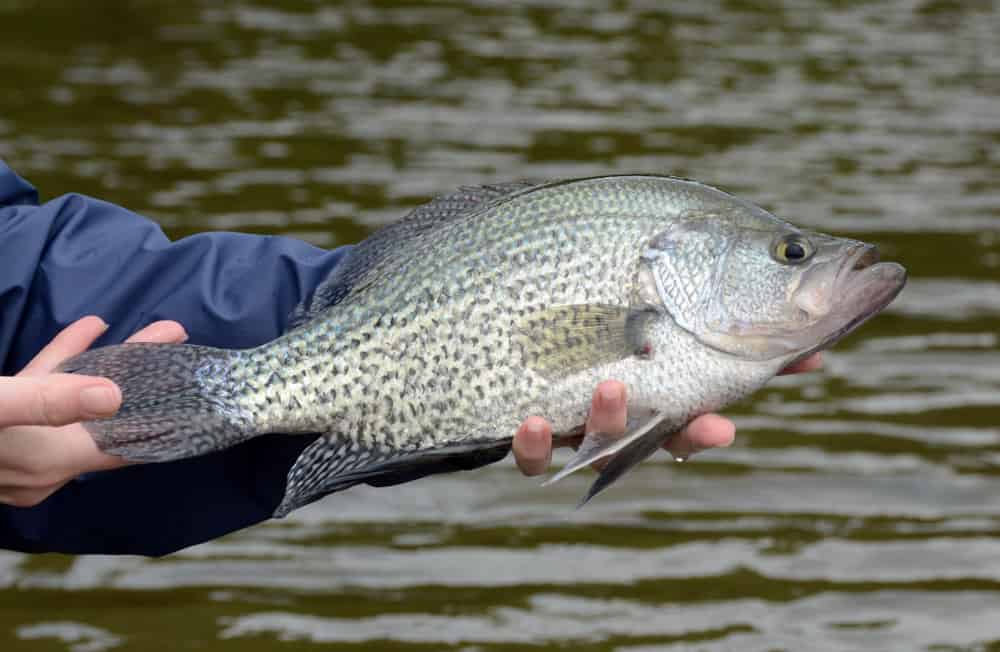
Black crappies have large mouths with thin lips, and their upper jaw extends below the eyes.
©M Huston/Shutterstock.com
The black crappie may also be called calico bass, grass bass, moonfish, shiner, strawberry bass, and more. Its silvery-gray body is dotted with irregular dark blotches. However, around the breeding season, the dark coloring is highlighted by flecks of blue and green.
This fish sports an impressive dorsal fin with seven to eight spines along the fin. Its body shape is flattened like most in the Centrarchidae family of sunfishes. Rows of dark spots pattern the dorsal, anal, and caudal fins. And black crappies have big mouths with thin lips.
There are two species of crappie: the black crappie and the white crappie. They are often confused with one another because they have similar coloration and appearance. However, the best way to distinguish between them is to count the number of spines on the dorsal. Black crappies have seven to eight spines, whereas white crappies only have six. Also, while black crappies have irregular blotches and speckles across their bodies, white crappies have faint vertical bars patterning their sides.
Life Cycle of a Black Crappie
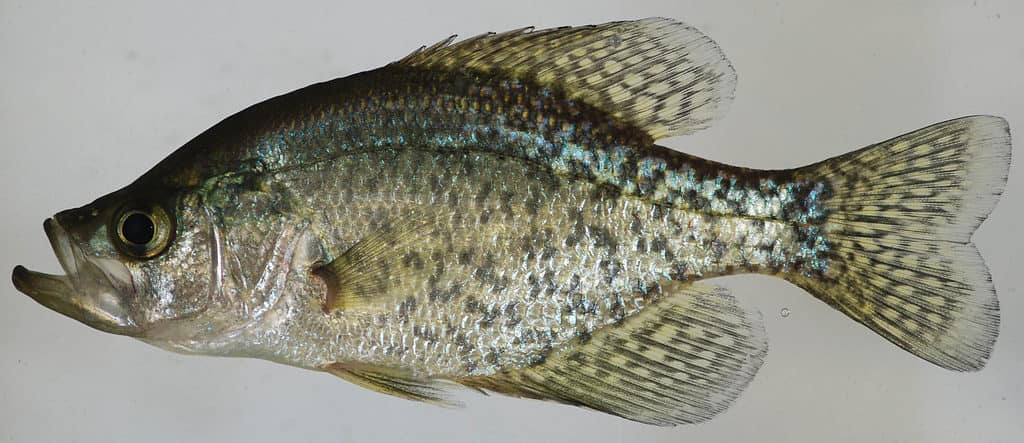
By using their bodies and tails to sweep out sand and debris, male black crappies fashion a suitable nest for the females to lay their eggs.
©Smithsonian Environmental Research Center / CC BY 2.0, Flickr – Original / License
The oldest recorded black crappie was 15 years old. However, most crappies live to be about seven years old. By age two to four years, black crappies reach maturity, though that development is quicker in the warm waters in the southern states.
The spawning season begins in the spring or early summer. Male crappies prepare nests by clearing sand, mud, or gravel from the water bottom. When a female arrives, she releases eggs into the nest while, at the same time, the male releases sperm (milt) over the eggs. After the eggs are fertilized, the female leaves, but the male crappie stays to guard the nest. The male protects the eggs for about five days or until the young crappies hatch. Then, the juvenile crappies move to shallow, sheltered water.
Typical Black Crappie Size
On average, a black crappie will grow 10 to 11 inches long. However, the longest black crappie recorded was 19.3 inches long.
Usually, black crappies only weigh 0.75 to two pounds. However, the biggest black crappie ever caught was just under six pounds.
Diet
Black crappies under six inches long typically feed on plankton, tiny crustaceans, and free-swimming nocturnal larvae. But, as they mature and grow larger, they hunt smaller species like minnows and shad and consume large volumes of insects and insect larvae.
Black crappies feed early in the morning and evening when insects and other prey are most active.
Predators of Black Crappie
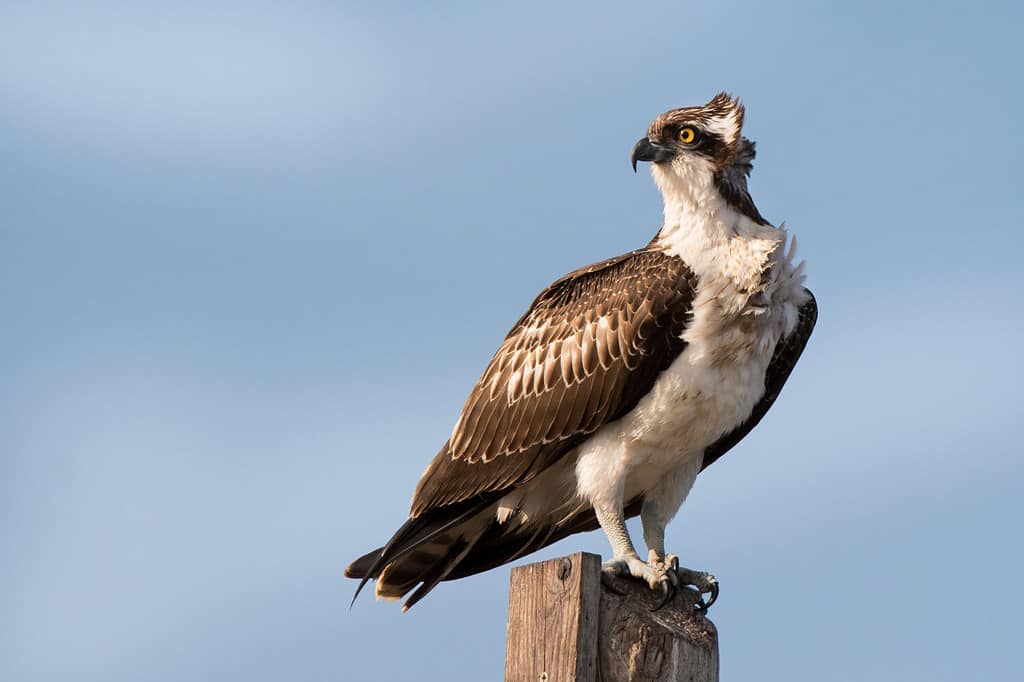
An osprey’s diet is almost completely comprised of fish, including black and white crappies.
©Jesus_Miguel/Shutterstock.com
Because of their small size, black crappies have many predators to watch out for. They include larger fish like the largemouth bass or walleye, birds such as ospreys and eagles, turtles, and mammals like muskrats or otters.
Habitat
While the black crappie’s native range was originally along the eastern United States and Canada, they may be found in the 48 contiguous U.S. states today. Populations have also been transplanted to Mexico and Panama.
Black crappies are freshwater fish that may be found in lakes, ponds, reservoirs, and streams. Any habitat with thick vegetation and abundant cover is ideal, as black crappies have many predators. They gather in schools to feed in the early morning and evening.
The Largest Black Crappie Ever Caught in Virginia
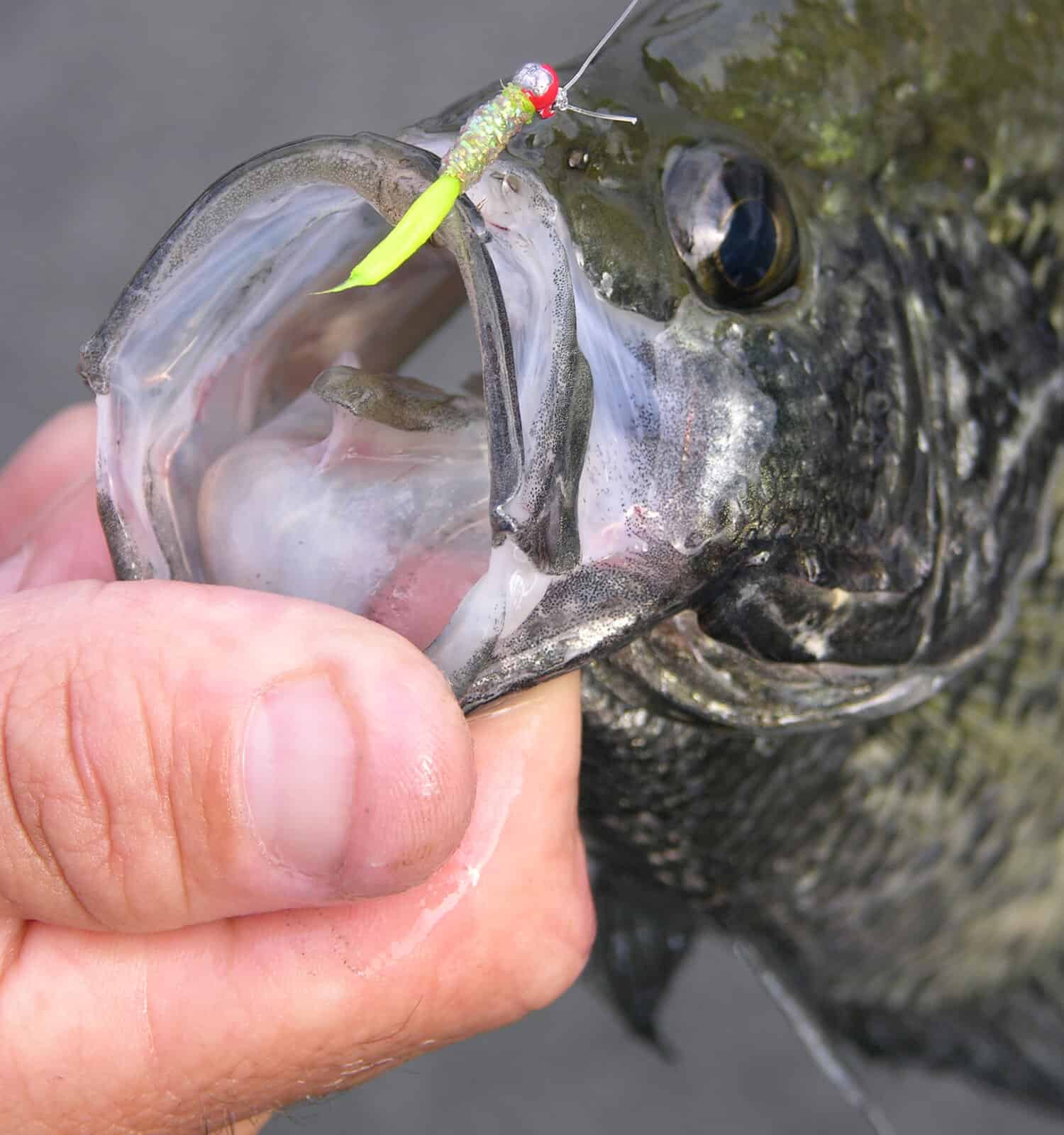
The Virginia state record for the largest black crappie ever caught before the new rules adopted in 1985 was only 0.6 pounds smaller than the world record.
©Steve Brigman/Shutterstock.com
There are two state records in the books for the largest black crappie ever caught in Virginia. The first was caught before the State Record Fish Rules were adopted in 1985. Fisherman E.L. Blackstock caught this crappie out of Lake Conner on April 8, 1967. The black crappie that Blackstock reeled in was four pounds and fourteen ounces in weight.
The state record recorded after adopting the new rules occurred on April 24, 1994. Fisherman Justin Elliott caught a whopper from a private pond weighing four pounds and ten ounces.
Largest Black Crappie Ever Caught Worldwide
Fisherman Lionel Ferguson caught the world record for black crappie in 2018. Fishing in Richelson Pond near Paint Rock in Tennessee, Ferguson caught a black crappie that weighed 5 pounds and 7.68 ounces.
Thank you for reading! Have some feedback for us? Contact the AZ Animals editorial team.

